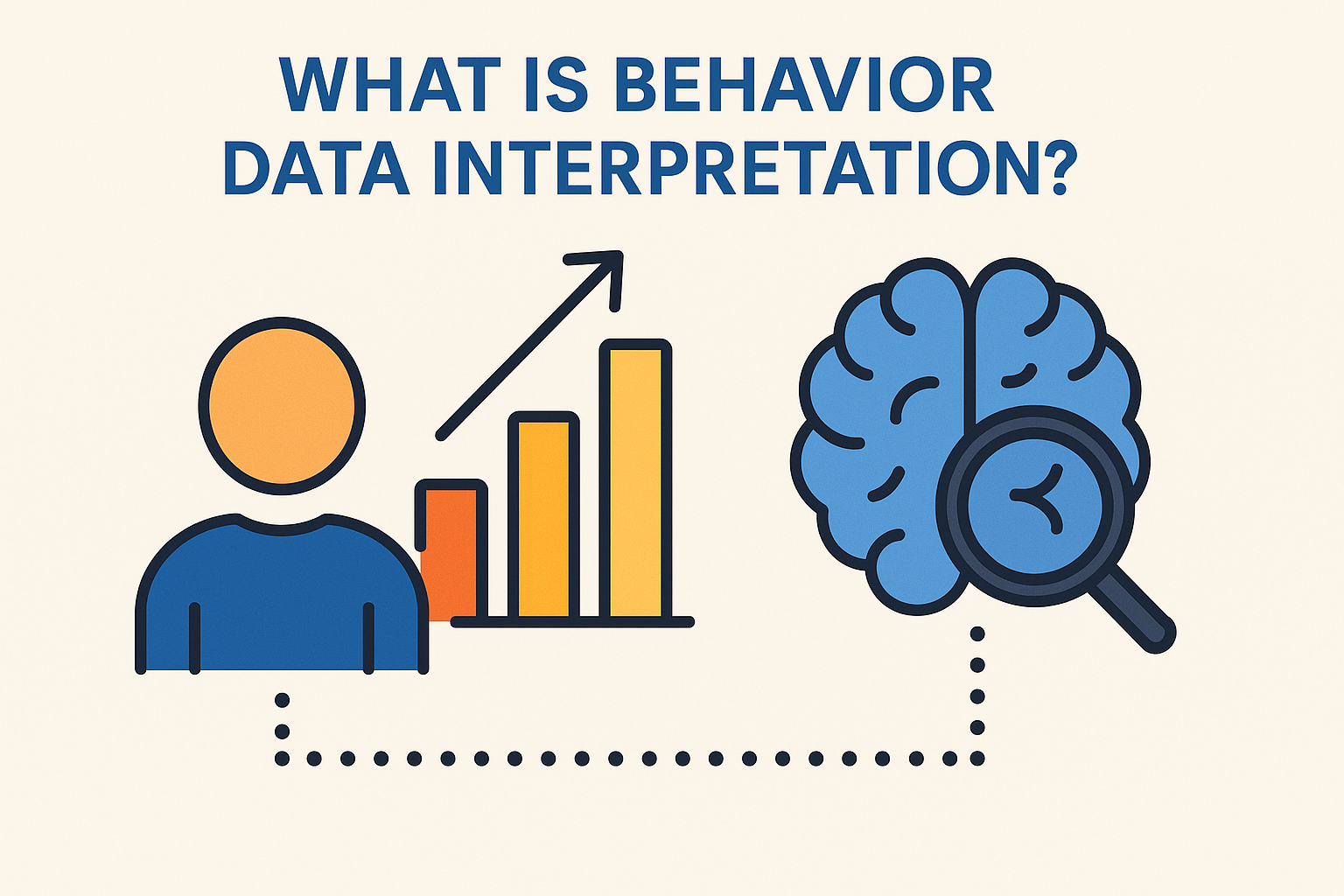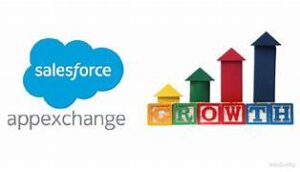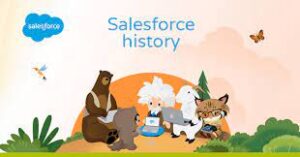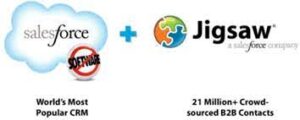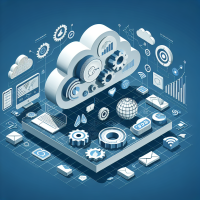In Salesforce, behavior data interpretation involves understanding and analyzing a customer’s actions and interactions within the Salesforce ecosystem to gain insights into their behavior and preferences. This data can be collected from various sources like website activity, app usage, email engagement, and CRM interactions. By analyzing this data, businesses can identify patterns, predict future behavior, and personalize customer experiences.
Elaboration:
- What is Behavioral Data? Behavioral data refers to the actions and interactions a customer makes within your digital or physical environment. This can include things like:
- Page views on your website
- Time spent on a specific page
- Button clicks or form submissions
- Purchases or other transactions
- Engagement with emails or social media
- Login/logout activity
- App usage (if applicable)
- How to Interpret Behavior Data in Salesforce:
- Behavior Reports: Salesforce provides built-in reports, like the Behavior Report, to track and analyze website visits, engagement levels, logged-in status, and purchase behaviors.
- Data Cloud for Marketing: Salesforce’s Data Cloud can help predict buyer behavior by combining customer data from various sources, including CRM, website activity, social media, and other interactions.
- Einstein Behavior Scoring: This feature in Account Engagement uses prospect activity and relationships to score and predict the likelihood of conversion.
- Analytics Cloud: You can use Analytics Cloud to create custom dashboards and reports to visualize and analyze your behavioral data.
- Benefits of Interpreting Behavior Data:
- Identify patterns and trends: Analyze data to understand common customer behaviors, preferences, and motivations.
- Predict future behavior: Use past behavior to predict future actions and needs, enabling proactive strategies.
- Personalize customer experiences: Tailor content, offers, and interactions based on individual customer behavior.
- Improve customer journeys: Identify friction points and areas for optimization to create smoother and more engaging experiences.
- Optimize marketing campaigns: Refine targeting, messaging, and channel strategies based on how customers respond to your campaigns.
- Drive sales and revenue: Understand buyer behavior to improve sales processes, increase conversion rates, and ultimately boost revenue.
- Collecting Behavior Data:
- JavaScript code: Salesforce Behavior Reports use JavaScript code on your website to collect data.
- Data Cloud: Data Cloud captures engagement events, including lifecycle and screen events, to track customer interactions.
- Other Sources: You can also collect data from various sources like CRM, third-party sources, and the open web.
Content updated March 2024.
🔔🔔 Follow us on LinkedIn 🔔🔔

